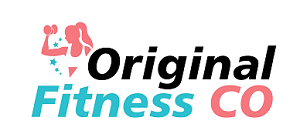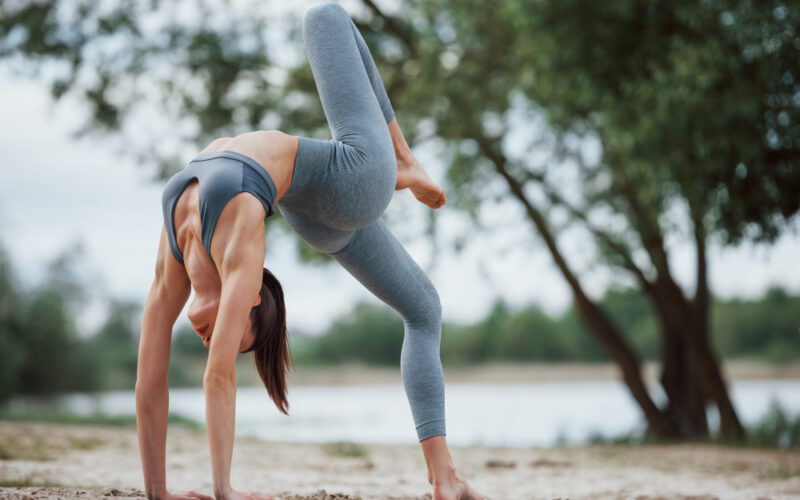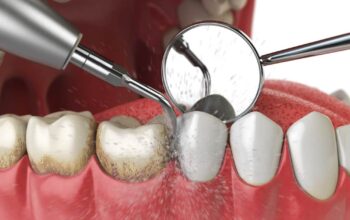If you train regularly—whether that’s at the gym, on a mat, or on a bike—your gear matters. You look for what supports your movement, not what holds you back. But for many active people, period care hasn’t always kept pace with the rest of their routine.
Pads can shift. Tampons need frequent changes. Period underwear may work for light days, but not always for high-impact sessions. So it’s no surprise that more fitness-conscious users are starting to look elsewhere, and many are finding that menstrual cups offer the kind of comfort, freedom, and support they’ve been missing.
You don’t have to be an endurance athlete to benefit from switching. You just have to want your workouts (and your days) to feel a little less interrupted by your cycle.
Why Menstrual Cups Work Well for Active People
A menstrual cup is a small, reusable device worn internally to collect (not absorb) menstrual fluid. Most can be worn safely for up to 12 hours at a time, which means no mid-workout bathroom breaks or emergency supplies in your gym bag.
Unlike pads or tampons, cups don’t shift with movement. Once inserted correctly, a good cup forms a seal with the vaginal walls and stays in place—even during dynamic workouts, deep core engagement, or inversion-heavy yoga poses.
That stability is a big reason why more people with active lifestyles are making the switch.
Not All Cups Are Created Equal
But here’s something to keep in mind: not every menstrual cup performs the same way during high-intensity movement.
Most cups are made from medical-grade silicone. It’s soft and flexible, which is great for comfort but can pose a problem for users with strong pelvic floor muscles. During activities like lifting, running, or Pilates, the pelvic floor contracts. If the cup is too soft, it can collapse slightly under that pressure, breaking the seal and causing leaks.
That’s where material and firmness start to matter more than you’d expect.
A Firmer Cup for Stronger Bodies
The MeLuna Sport cup was created specifically for people with more active or muscular pelvic floors. Made from thermoplastic elastomer (TPE), a medical-grade material that softens to your body temperature but holds its shape, it’s designed to resist compression during intense activity.
That means fewer leaks, a more secure seal, and no surprise slips when your workout hits peak intensity.
The firmer structure also helps the cup pop open more easily during insertion and stay reliably in place once set. For those who’ve tried softer cups and found they didn’t hold up during core work, squats, or running, this change can make a noticeable difference.
Why Athletes Are Making the Switch
Aside from leak protection, menstrual cups offer a range of benefits that are especially useful for people with busy or physically demanding lives:
-
Wear up to 12 hours with no need to pause your schedule
-
No dryness—cups collect, they don’t absorb, so they’re gentler on your body
-
Discreet and secure under any workout gear
-
No need to pack extras or change midday
-
Long-term savings—one cup can last for years
-
Better for the planet—no monthly waste
-
Less odor—fluid is sealed inside, not exposed to air
It’s about more than convenience. It’s about having one less thing to manage when you’re pushing through your day.
Is There a Catch?
It does take a little practice. Inserting and removing a menstrual cup can feel unfamiliar at first. There’s a learning curve, especially in the first cycle or two, and getting the right fit matters. Too big, too small, too soft—it all affects comfort and performance.
But once you find the right model, most users say they don’t want to go back.
For active people, that right model is often one designed with firmness in mind. Something like the MeLuna Sport, which offers multiple sizes and handle types and holds up to intense physical demands.
Not Sure Where to Start?
Choosing a menstrual cup might seem like guesswork. That’s why many brands and health resources now offer a menstrual cup quiz. A good quiz asks about your flow, activity level, cervix height, and sensitivity, then matches you with models likely to fit your body and lifestyle.
It’s the easiest way to avoid trial and error, and it can point you toward the kind of support that actually makes your cycle easier to manage.
Menstrual cups won’t stop cramps or replace good training, but for many active users, they eliminate friction—literally and figuratively. With the right fit, your period becomes one less thing that slows you down.




